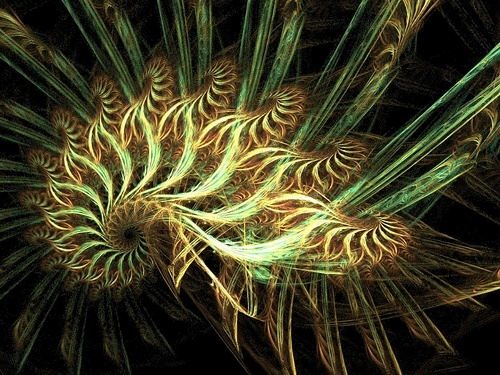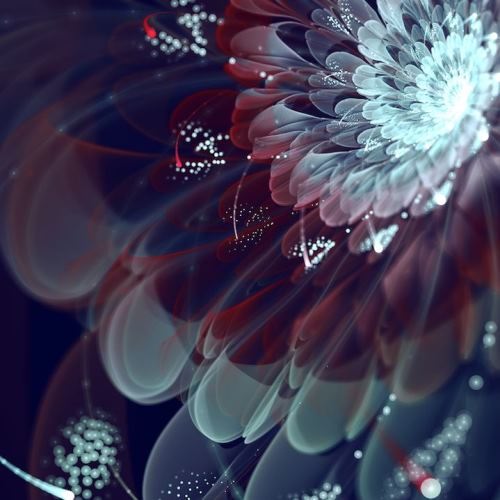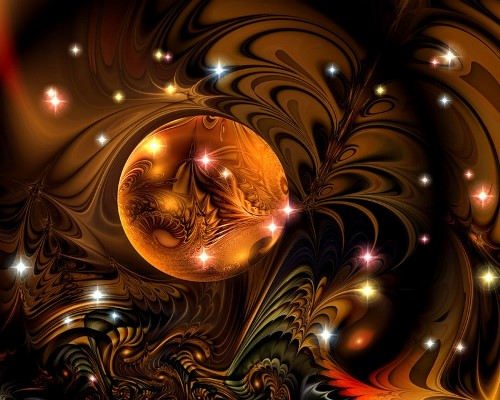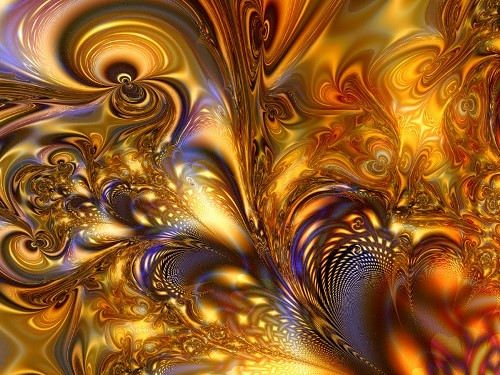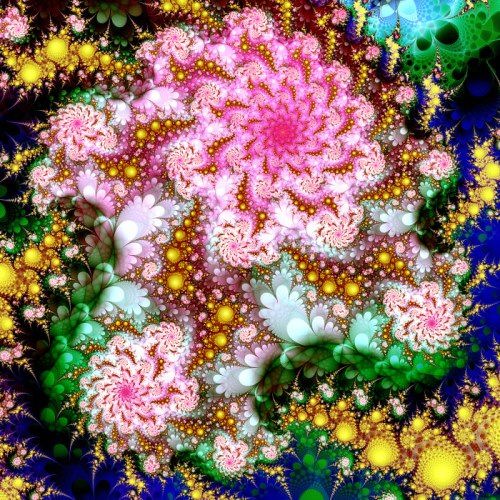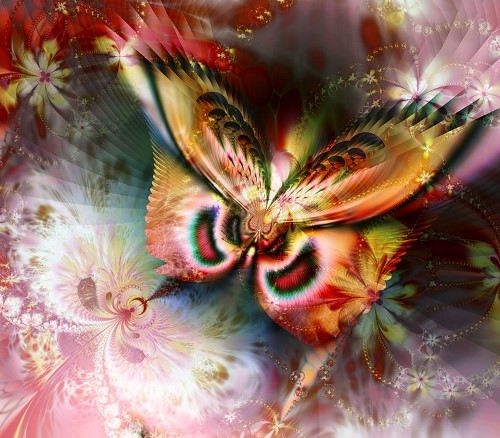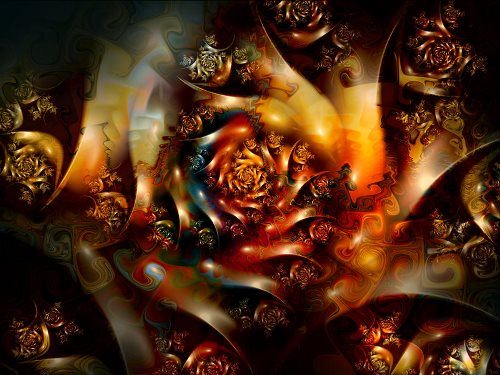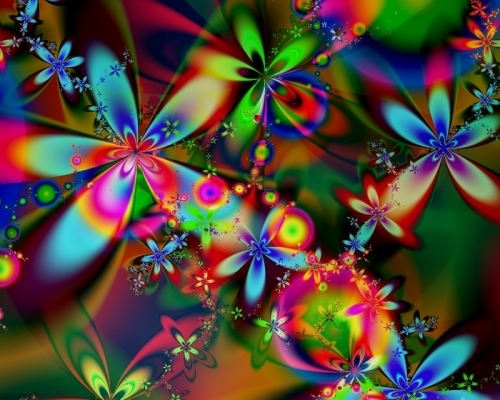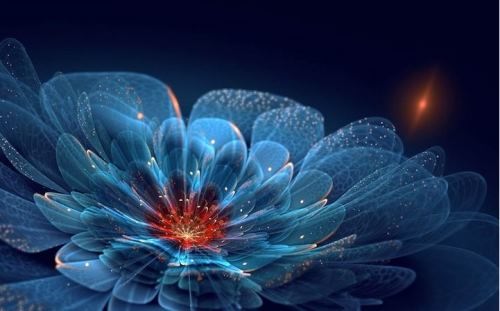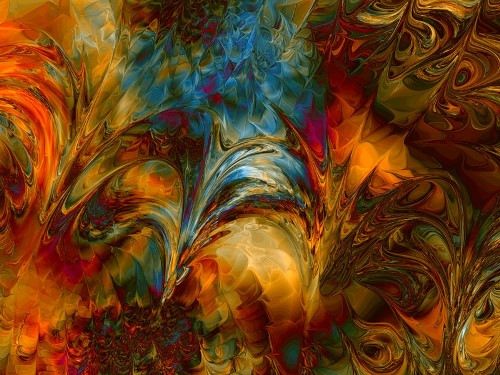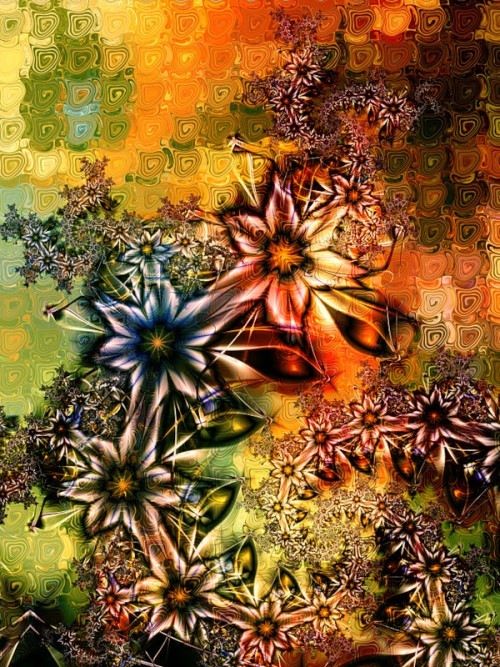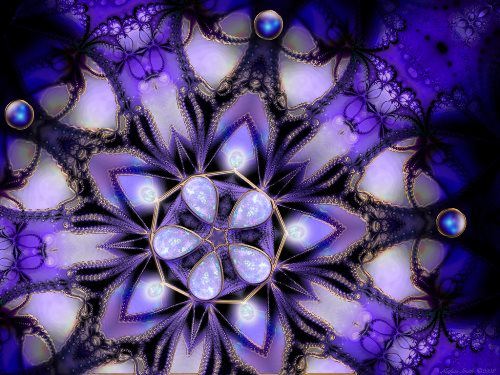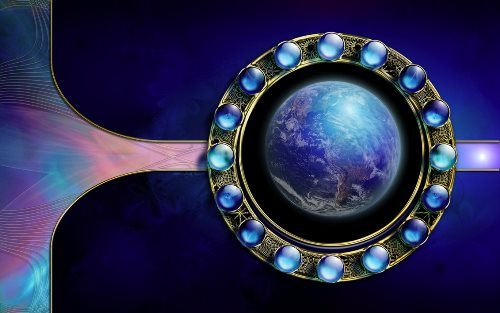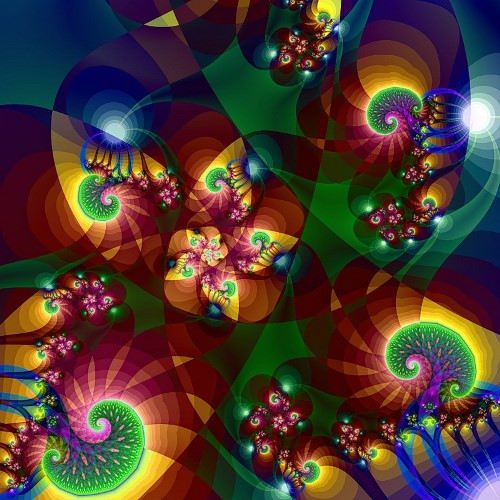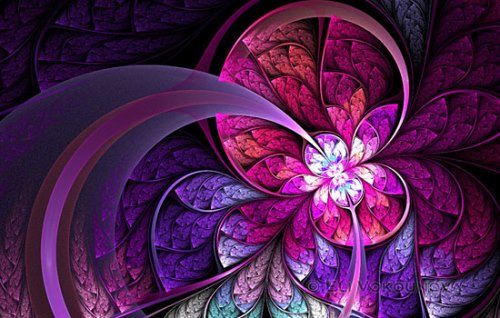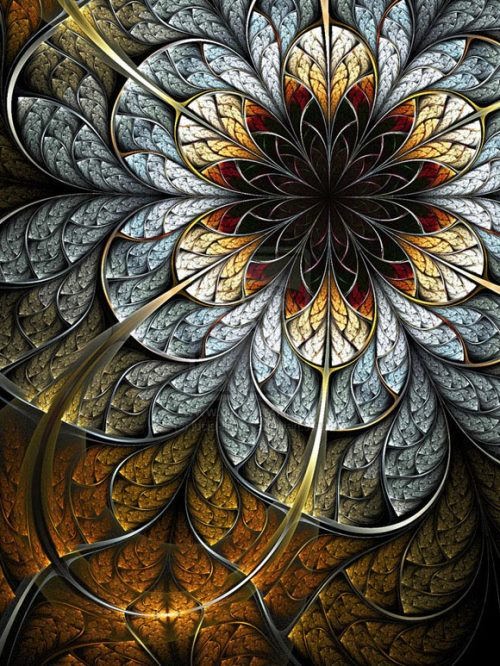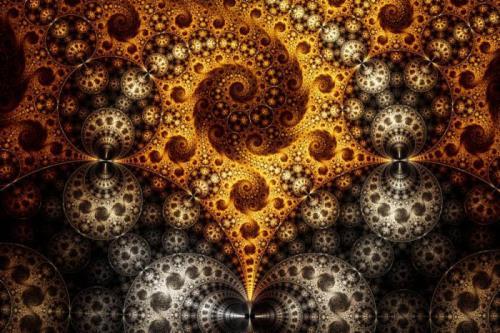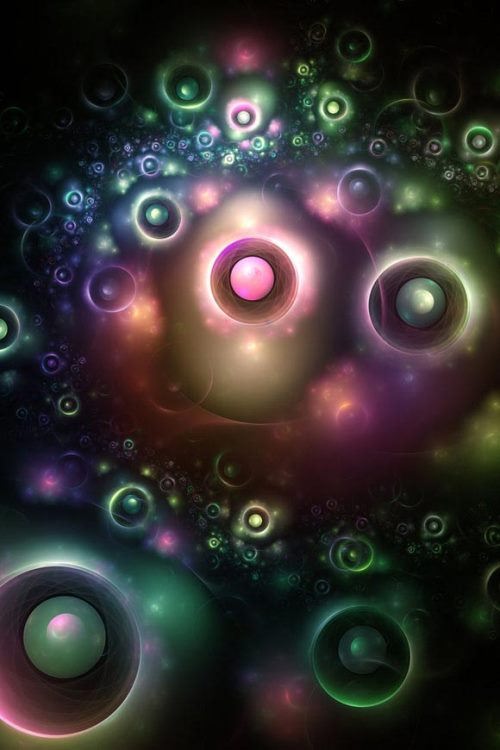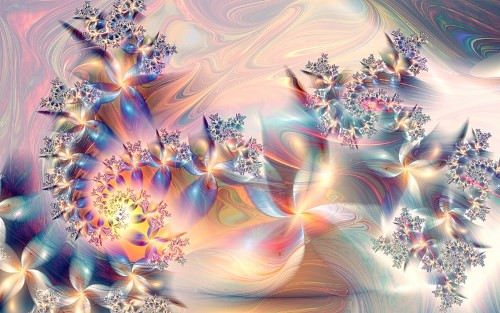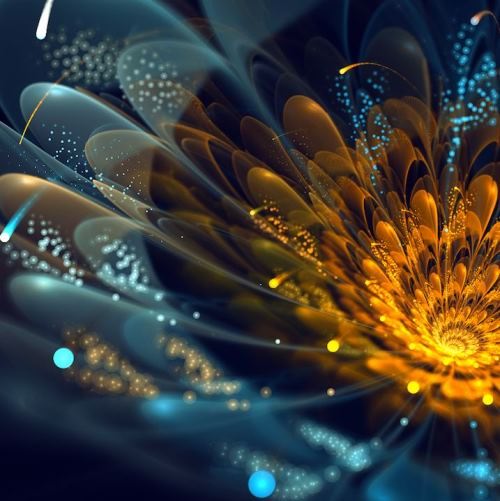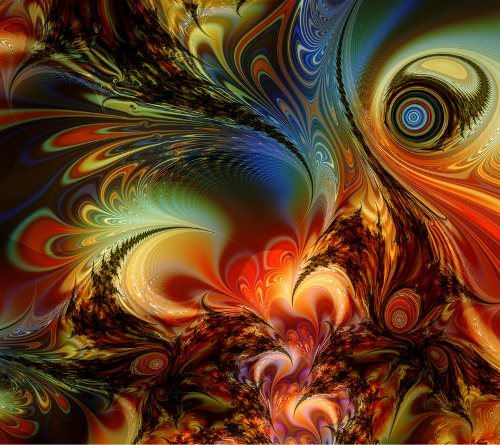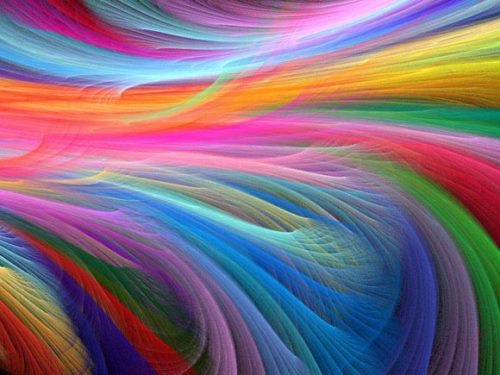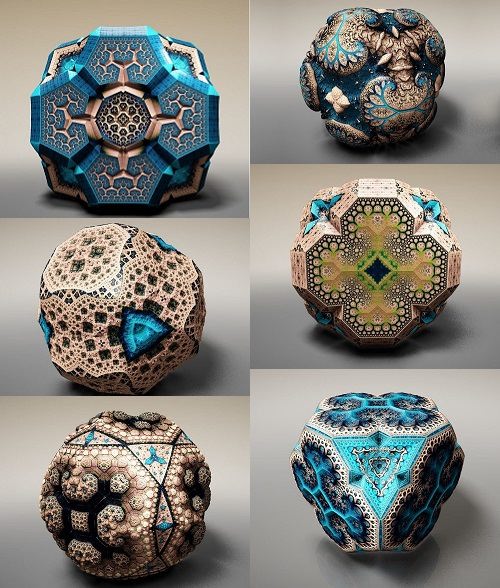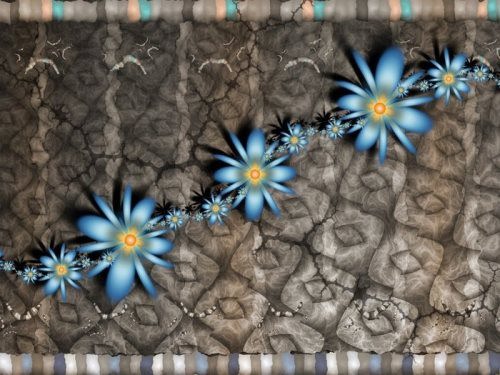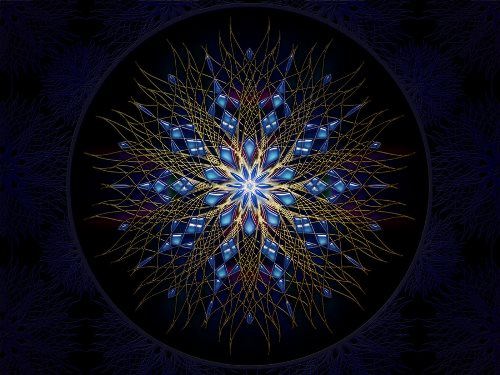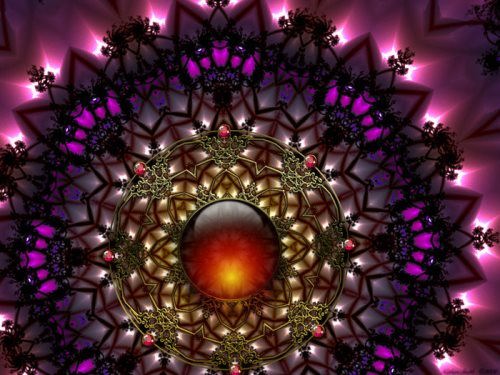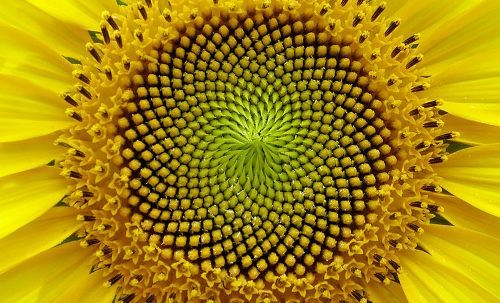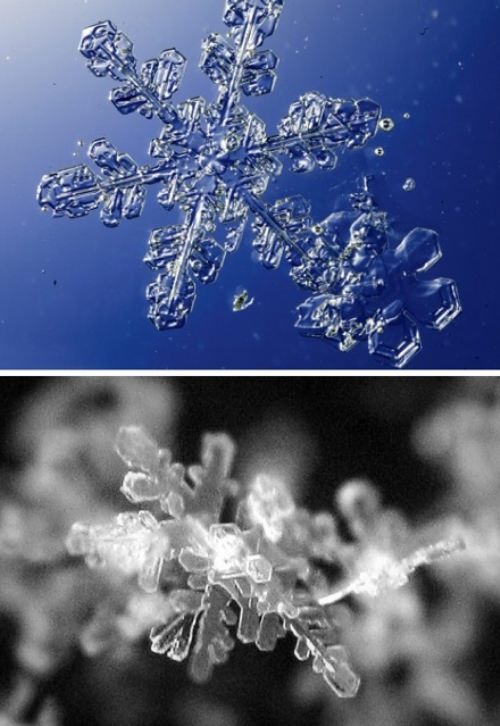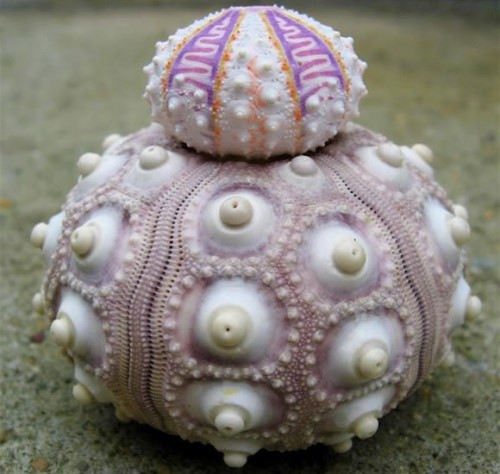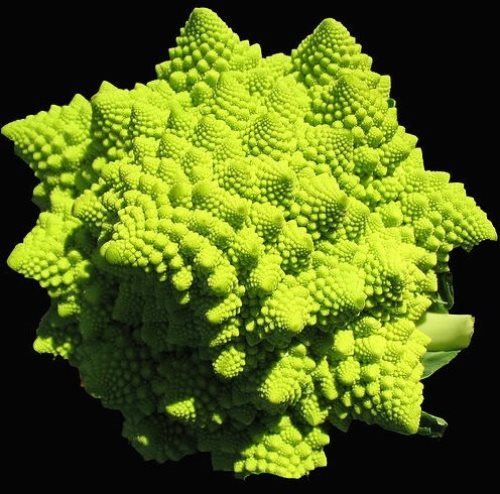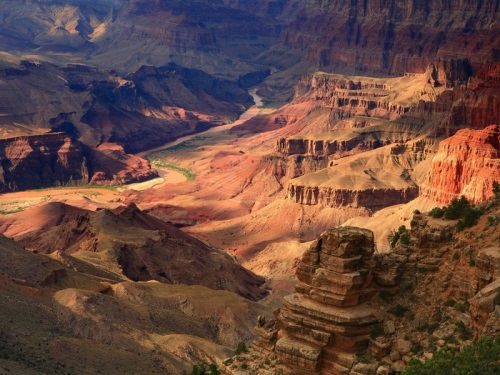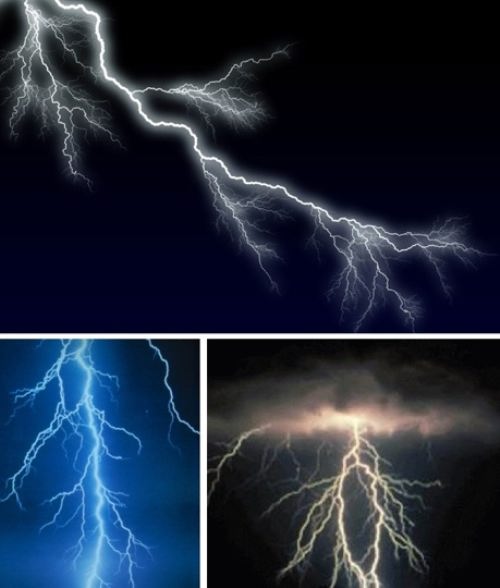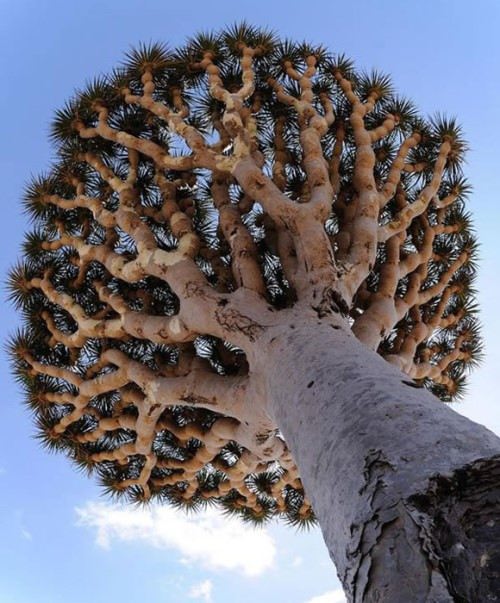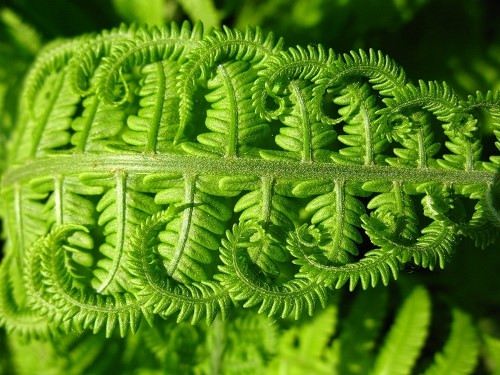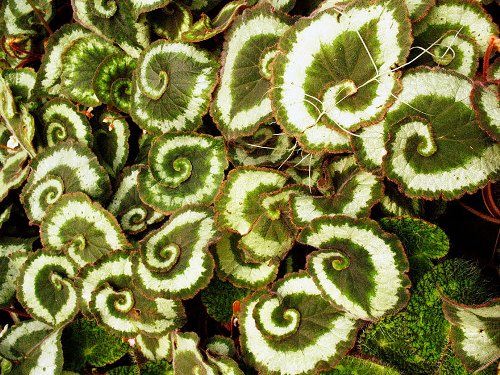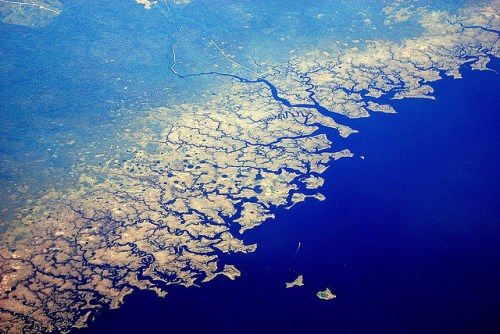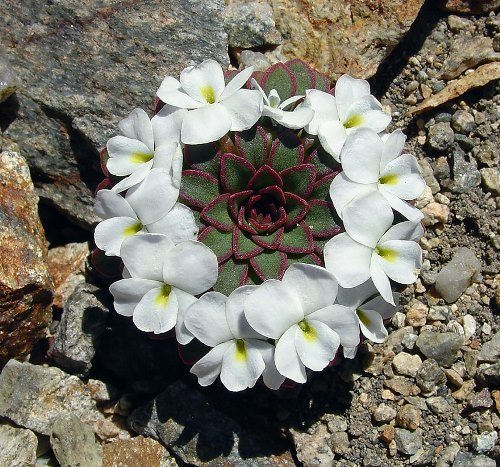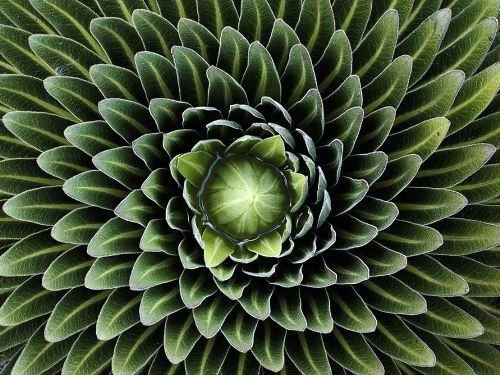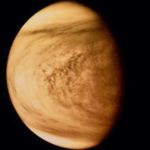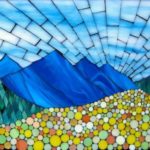Fractal – beautiful geometry
What unites the flow of rivers and the human blood system, the structure of the tree and the latest achievements in technology, the creativity of artists and the strict mathematical sciences, the shell of the mollusk and the coat of arms of Russia, the surface of the moon and the economy, Hollywood blockbusters and the inconceivable complexity of the structure of the universe? And is it possible to find something in common? Definitely yes! Fractals are the basis for building our so diverse world. They are everywhere.
A fractal is a geometric figure, often characterized as being self-similar. Benoit Mandelbrot coined the term fractal to describe such figures. “Fractus” in Latin means broken, fragmented, or irregular.
The term “natural fractal” refers to natural phenomena that are similar to fractal sets. Most natural objects look more like fractals than they do like regular geometric figures. For example, clouds, trees, and mountains look more like fractal figures than they do like circles, triangles, or pyramids.
In the second half of the 20th century French-American mathematician Benoit Mandelbrot came to a brilliant discovery that literally exploded classical science. People said he was able to look beyond the limits of our three-dimensional world and see a single connection of supposedly disparate phenomena there.
For the sake of justice, it should be noted that the primacy of the discovery belongs to another French scientist, Pierre Fatou. His discovery was made back in 1905. Mandelbrot continued and completed his work, and published the book Fractal Geometry of Nature. The term “fractal” was first introduced in it.
The fantastic beauty of fractals is appreciated by artists, who have created a whole direction of computer graphics.
Russian doll Matryoshka is a typical fractal. It is obvious when all the figures of a wooden toy are lined up.
The decorative painting Khokhloma is also fractal. Traditional elements of khokhloma are herbal patterns made of flowers, berries and branches. The same element can be repeated several times in different versions and proportions. The result is folk fractal painting.
Nature uses fractality principle everywhere. You just need to look at it more closely, and it will show its magnificent abundance and infinity of being.
